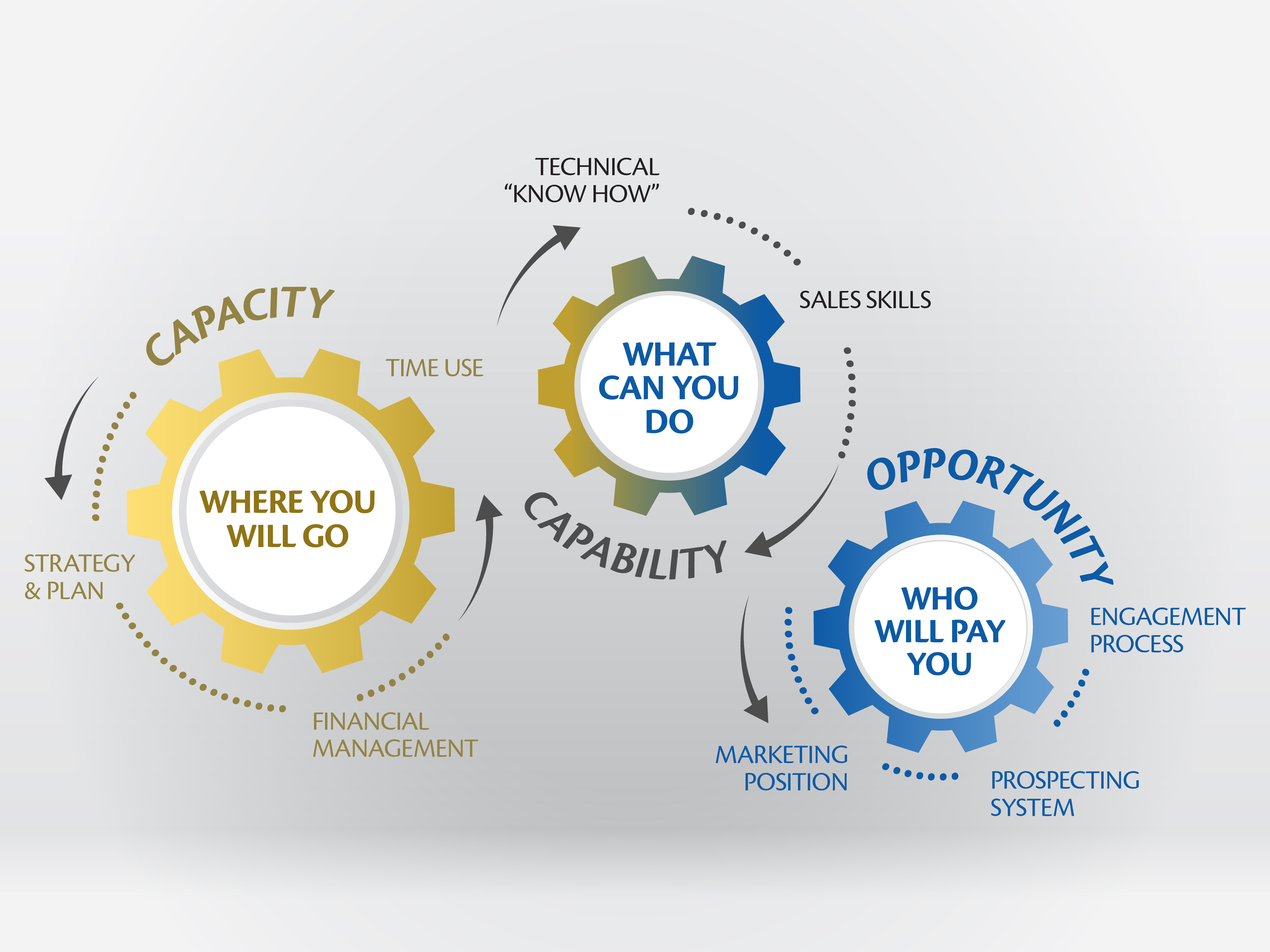Building a profitable practice is is the first objective for practitioners, but building a sustainable profitable and valuable practice is even better isn’t it?
Many good practitioners achieve the objective of building a profitable practice easily enough. After all, that is little more than keeping the sales and revenue pumping at a faster rate than it costs to run the business, right? Once the sales and revenue part is figured out and there is enough business coming in to cover the operating costs and practitioners remuneration, there is a profit for the business.
But is the practice genuinely valuable just because it is profitable?
Most times, it is probably not. It is typically reliant upon the sales and relationship management skill of an individual, and the degree of effort they are willing to make in any given year. Performance can, and does, fluctuate dramatically. And all financial advisers know that volatility – or wildly fluctuating performance – doesn’t appeal to future investors, right?
While profit is the first objective for the practice each financial year, it doesn’t create serious long term capital value for the practitioner unless it can be shown to be sustainable (and growing predictably), and that there is leverage in the business. Leverage in the sense that the business can continue to produce results without the founder.
To do that there are 3 areas that the practice has to develop:
- Capacity
- Capability
- Opportunity

The first area of development is largely the domain of the founder, or key partners. Determining what the capacity of the practice must be – how much work it can handle and what its end game is – firstly requires clarity of vision supported by a strategy and plan. That plan will determine what financial resources the practice must find, or retain, in order to achieve the founders vision. Managing the finances for the firm taking into account the need for owners earnings, short term profitability and long term investment through retained earnings is the second of the key requirements for building a valuable practice.
It follows that once the financial management systems are developed that the next key resource available to the firm is how it uses its time. That is, where it applies effort and the proportion of time which is allocated to strategy, operational management and most importantly, to ongoing revenue generation. Getting the balance of time use – or management attention – right is a critical area in the development of the firm.
The capability of the practice is driven by what technical competencies it has, together with practitioners ability to convert opportunities and manage client relationships. They are basically what will determine what the practice can actually do. If the vision for the business requires a broker to develop into a holistic fee-based financial planning practice for instance, then it will be unable to do so until it has developed the technical competencies of the holistic financial planner. Technical development of the practitioners, together with supporting systems for their technical areas of expertise, are necessary before any future opportunities in delivering those holistic advice services can actually be realised.
It is only when the capability factors have been developed that the practice can truly adopt the marketing position that leads it towards the achievement of the initial vision. It may seem a trite comment, however many practitioners try to create a marketing position – where they or their firm is trying to become known to a target market – yet it hasn’t developed the knowledge and skill set as yet to be able to deliver to them. Once that position in the market is created it needs to be supported by a reliable prospecting system that delivers a sufficient quantity of ongoing opportunities of the right sort for the practice to accelerate its revenue growth. This is where leverage really comes into play…..
…BUT….even with a great prospecting system delivering a volume of great opportunities, the practice is doomed to be a transactional model which is perpetually on the hunt for even more opportunities if it fails to create an ongoing engagement process for its clients. Everyone has see a gazillion articles and references to the difference in the cost of finding brand new customers compared to the cost of keeping existing ones happy and getting more business from them, yet for some bizarre reason many practitioners fail to see the link between investing in ongoing and meaningful engagement with their existing clients and achieving superior financial performance as a business. It is that sustainable superior financial performance which triggers the greater capital value for a firm.
Building a profitable firm is certainly necessary at the earliest stages. But turning that profitable firm into one which also has superior capital value requires a little more than merely keeping the sales pumping in while keeping a lid on expenses.

